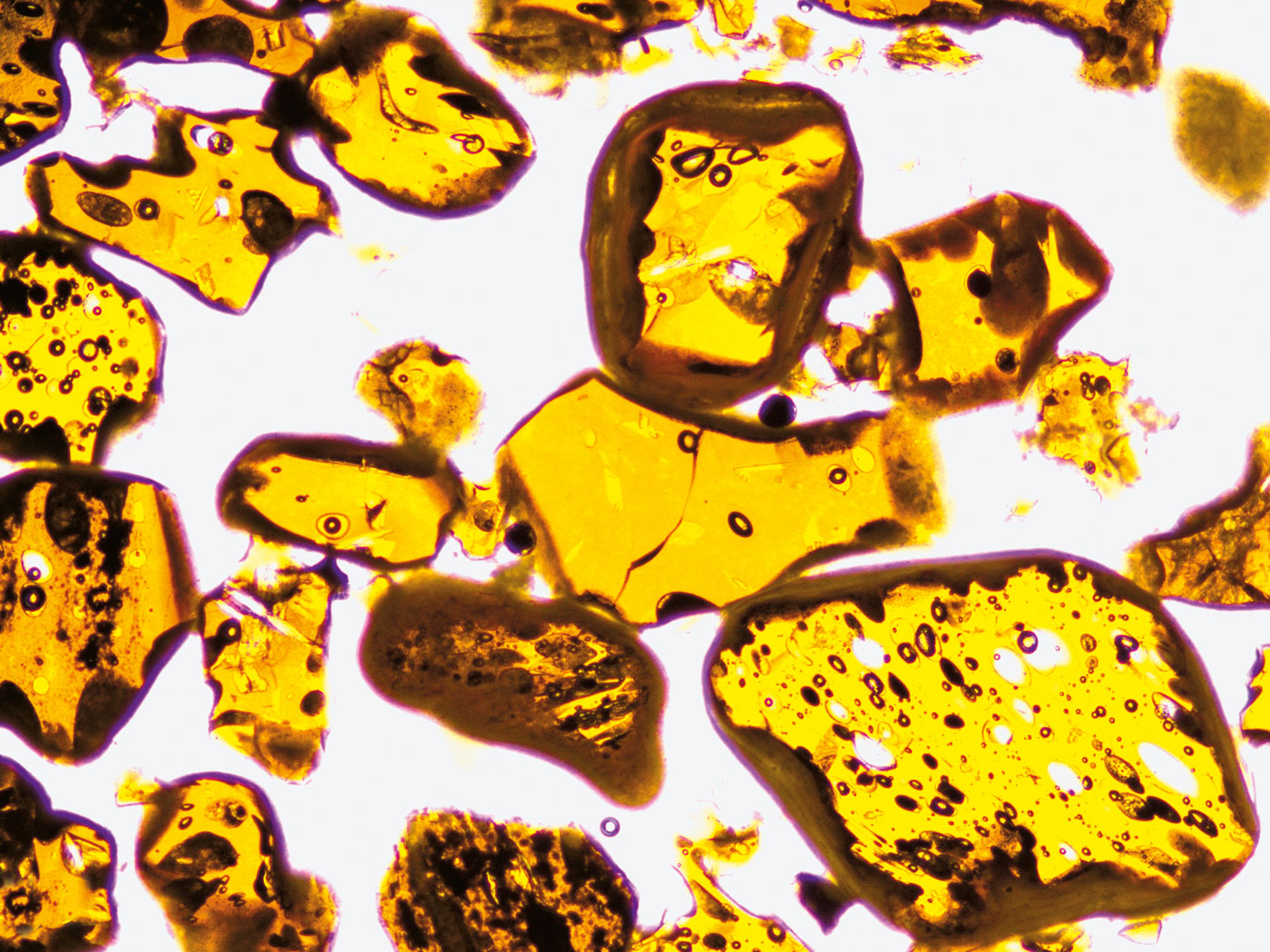Behind the discovery are representatives from McGill University and the Indian Institute of Science. They were the ones who received the radio signal. The phenomenon of gravitational lensing played an important role in his research, while the data was provided by the GMRT telescope (Giant Metrewave Radio Telescope).
Read also: The most distant star in our galaxy has been discovered – halfway to Andromeda
The observations were made on the so-called 21-cm hydrogen line, that is, an electromagnetic spectrum line created as a result of a change in the energy state of neutral hydrogen atoms. Low-frequency radio telescopes are used to detect such a signal, which corresponds to the presence of the atomic form of hydrogen.
The radio signal associated with hydrogen has traveled about 8.8 billion light-years
We can read about the details of the case on the pages Monthly Notices of the Royal Astronomical Society. As it turns out, the previous record at this range—which is about 4.1 billion light-years away—has been beaten more than twice. The new detection was made at a distance of 8.8 billion light years. So the universe was only 4.9 billion years old when the signal went off.
Hydrogen is the fuel that makes stars and then keeps them alive. When the hot ionized gas surrounding the galaxy cools, hydrogen is formed. Originally it has an atomic form and then it transforms into a molecular form. Therefore, with more research progress, scientists can better understand the evolution of the universe in various cosmic ages.
Interestingly, astronomers have also come to another interesting conclusion. The mass of atomic hydrogen in the observed galaxy is almost twice that of stars. Thanks to upcoming and more sensitive instruments, scientists will gain the tools to more precisely know the conditions under which the universe and the first things in its history were born.
Detecting neutral hydrogen in emissions from a distant universe is extremely difficult and was one of the main science goals of GMRT. We are pleased with this groundbreaking new GMRT score and hope it will be confirmed and improved in the future.
Yashwant Gupta concludes

Echo Richards embodies a personality that is a delightful contradiction: a humble musicaholic who never brags about her expansive knowledge of both classic and contemporary tunes. Infuriatingly modest, one would never know from a mere conversation how deeply entrenched she is in the world of music. This passion seamlessly translates into her problem-solving skills, with Echo often drawing inspiration from melodies and rhythms. A voracious reader, she dives deep into literature, using stories to influence her own hardcore writing. Her spirited advocacy for alcohol isn’t about mere indulgence, but about celebrating life’s poignant moments.




![Matura 2023 Mathematics Exam. ANSWERS AND CKE SHEETS [29 września 2022] Matura 2023 Mathematics Exam. ANSWERS AND CKE SHEETS [29 września 2022]](https://www.moviesonline.ca/wp-content/uploads/2022/09/1664454234_Matura-2023-Mathematics-Exam-ANSWERS-AND-CKE-SHEETS-29-wrzesnia.jpg)




